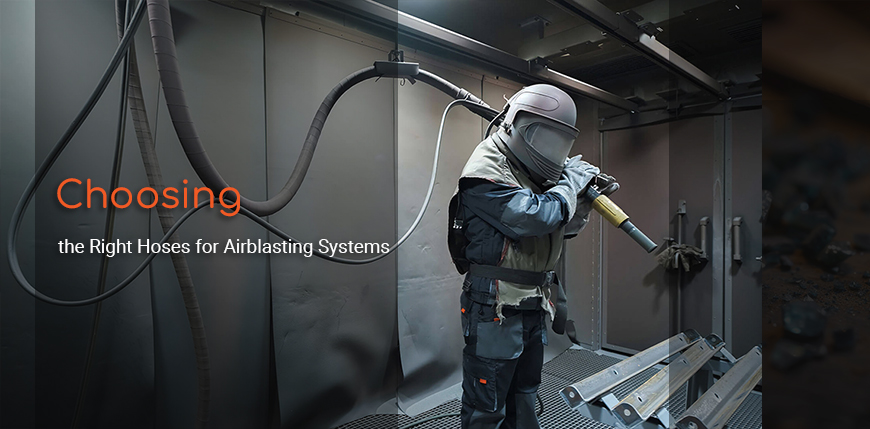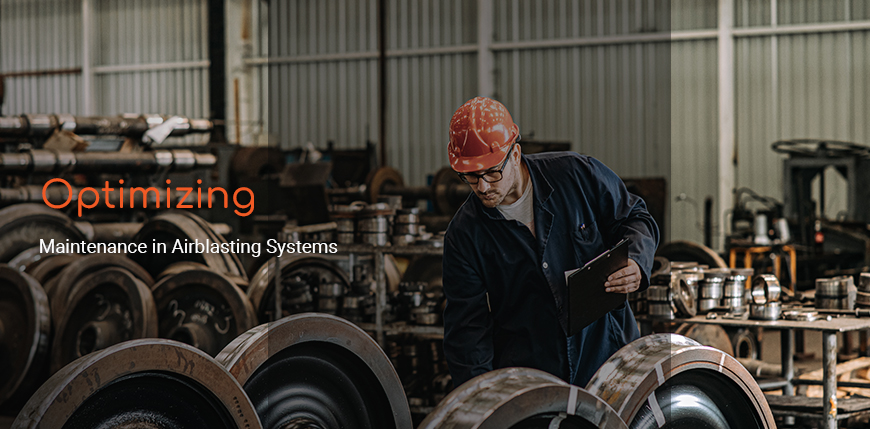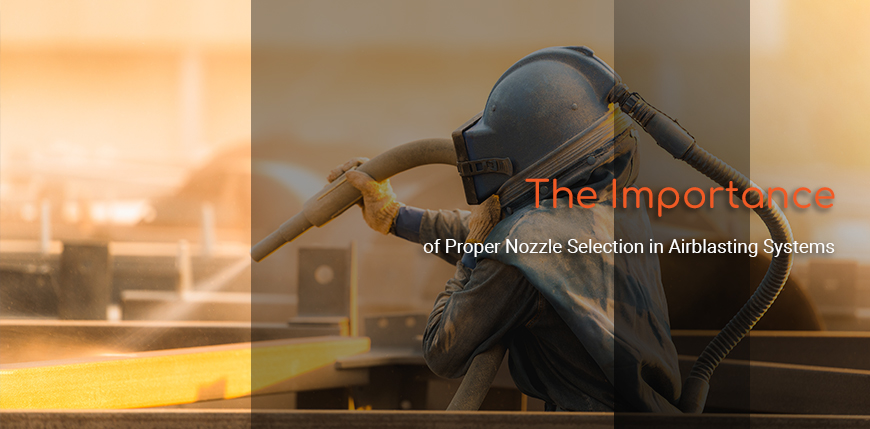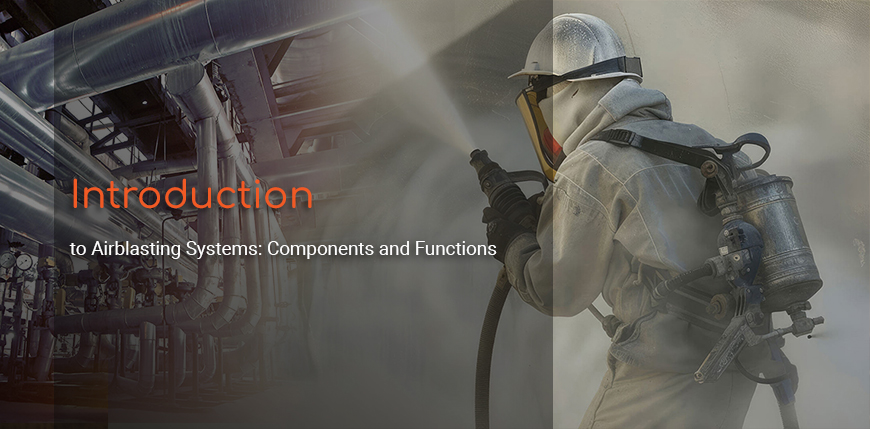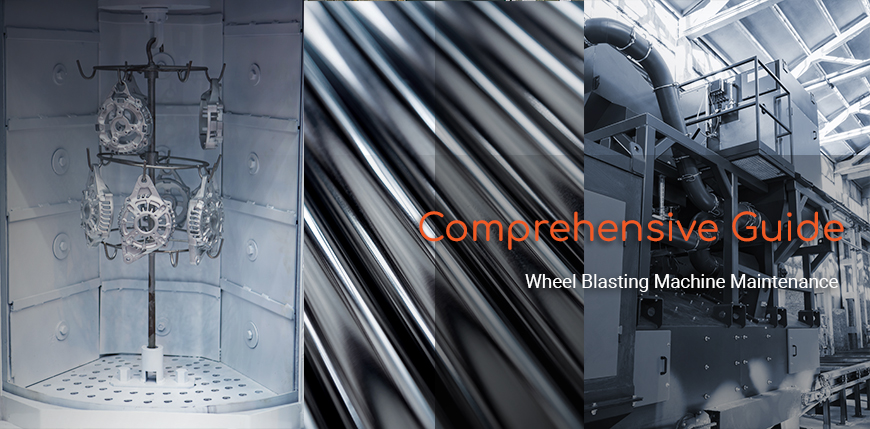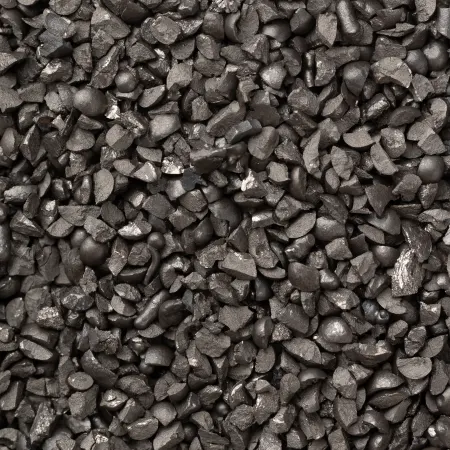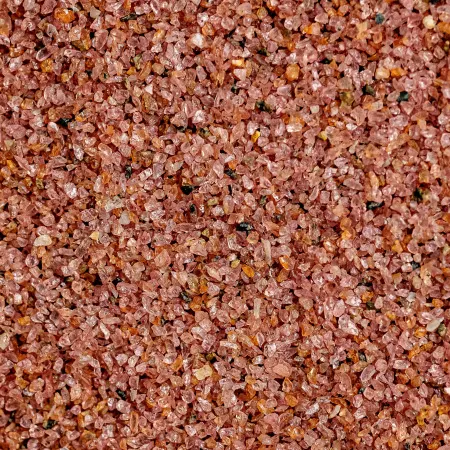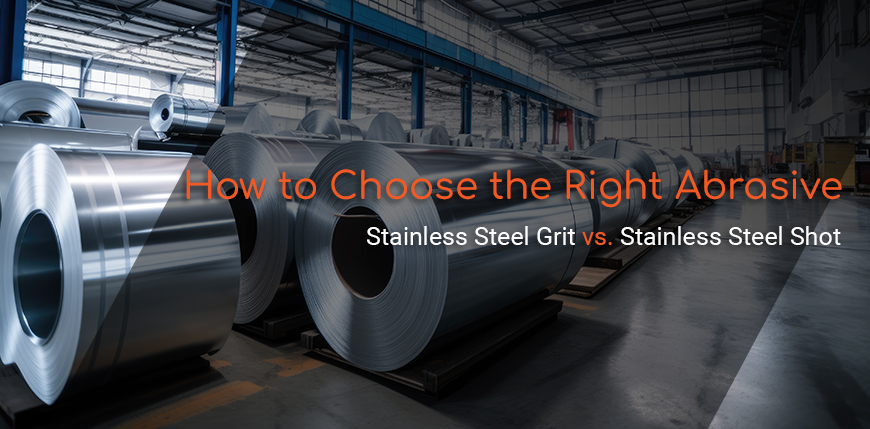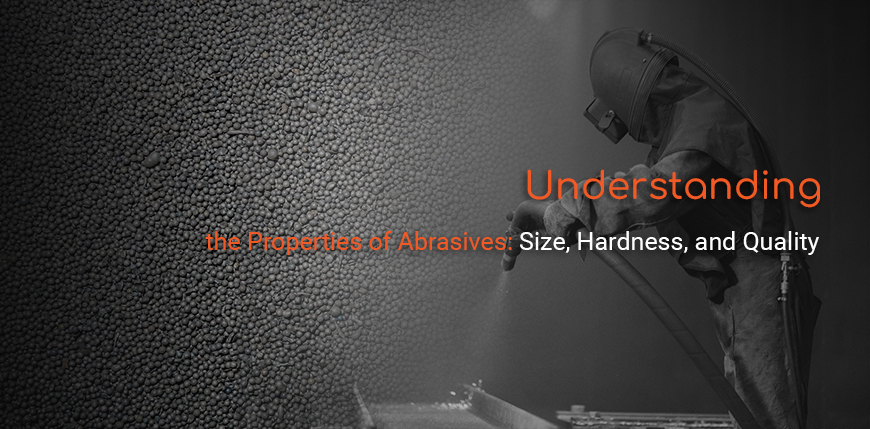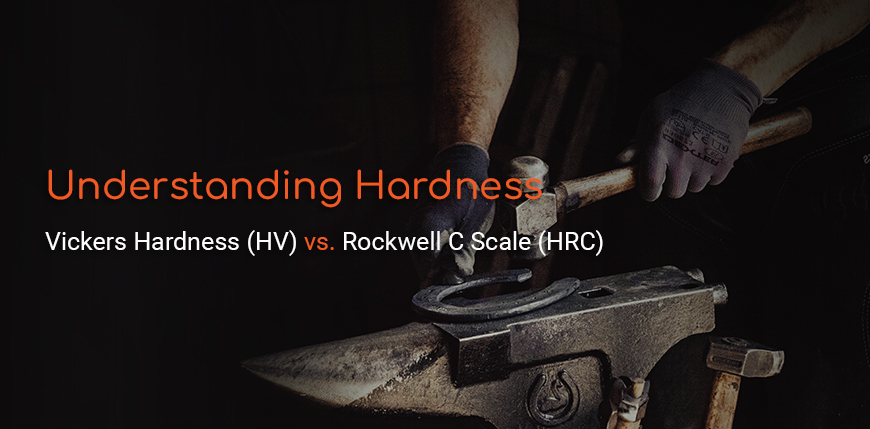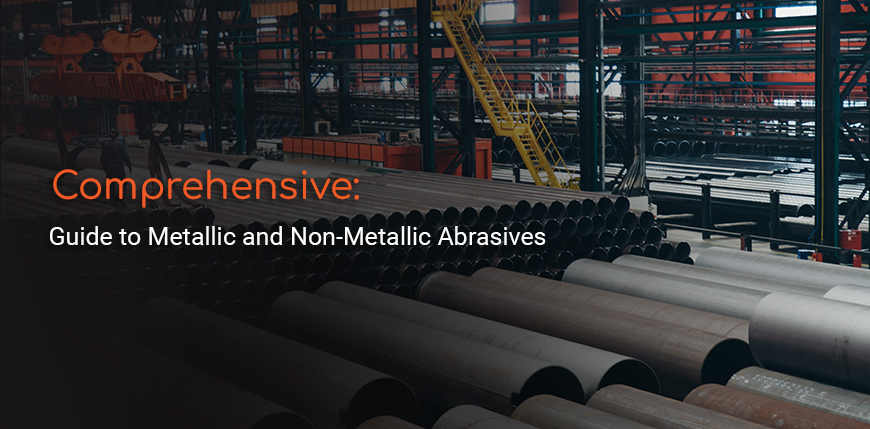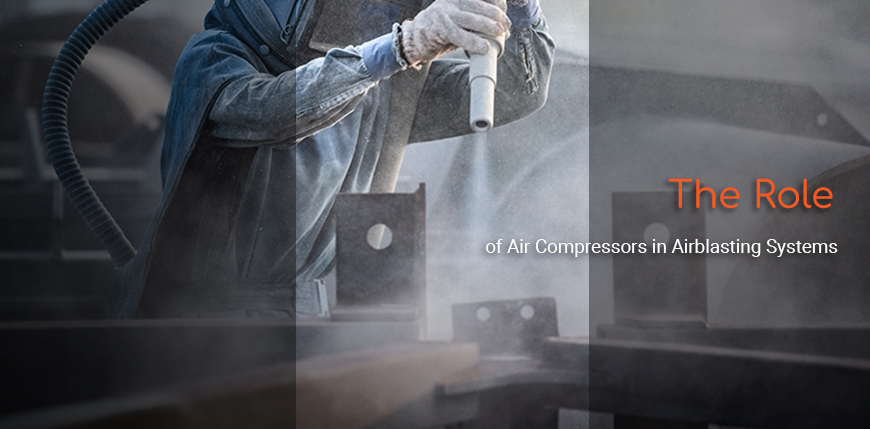
Air compressors are the backbone of airblasting systems, providing the necessary pressure and airflow to propel abrasive media onto surfaces with precision and force. Understanding the role of air compressors, their capacity, and how they influence the overall performance of the airblasting process is essential for maintaining efficiency and achieving the desired results. This article explores the importance of air compressors in airblasting, how to choose the right compressor, and tips for maintaining peak performance.
Why Air Compressors Are Critical in Airblasting
Airblasting systems rely on high-pressure compressed air to propel abrasive particles from the blast pot through the hose and nozzle to clean, prepare, or finish surfaces. The effectiveness of the process is directly tied to the power and capacity of the air compressor. Insufficient air pressure or volume will reduce the velocity of the abrasive, leading to suboptimal cleaning and longer blast cycles. On the other hand, having an appropriately sized compressor ensures consistent performance and reduces wear on both the equipment and operator.
Choosing the Right Air Compressor
The selection of an air compressor is determined by the size of the nozzle, the number of nozzles, the required pressure, and the volume of abrasive media used. Choosing the wrong compressor can lead to inefficiency, poor results, and higher costs.
1. Compressor Capacity and Nozzle Size:
The capacity of the air compressor must align with the size and number of the nozzle being used in the airblasting process. A larger nozzle requires more air volume, meaning the compressor needs to have a higher cubic feet per minute (CFM) output to maintain the necessary pressure. If the compressor is undersized for the nozzle, the system will suffer from low pressure, reducing the impact and effectiveness of the blasting media.
Key Point: The larger the nozzle, the greater the air volume required. For example, a Venturi nozzle will require significantly more air than a straight nozzle due to its wider blast pattern.
2. Maintaining Consistent Pressure:
Maintaining a steady pressure between 7 and 10 bars (100 to 150 psi) is critical for effective blasting. Variations in pressure can lead to inconsistent results. For instance, lower pressure results in less cleaning efficiency, requiring longer blast times, while excessive pressure can damage the surface or wear down the equipment more quickly. The compressor must be able to supply enough air volume to keep the pressure constant, even as the abrasive flow increases.
Tip: Monitoring the pressure using a manometer is essential to ensure the compressor is providing the right air pressure throughout the blasting process.
Types of Air Compressors Used in Airblasting
1. Reciprocating Compressors:
These compressors use a piston-driven mechanism to compress air, offering high pressure levels ideal for small to medium airblasting operations. They are cost-effective and suitable for intermittent use but can wear out faster in continuous operations.
Advantages:
- High pressure capacity.
- Suitable for small to medium jobs.
2. Rotary Screw Compressors:
Rotary screw compressors are the preferred choice for larger, continuous airblasting operations. They provide a steady supply of compressed air without the need for frequent maintenance or downtime, making them ideal for heavy-duty applications such as shipyards or large industrial settings.
Advantages:
- Continuous airflow with minimal maintenance.
- Suitable for large-scale operations.
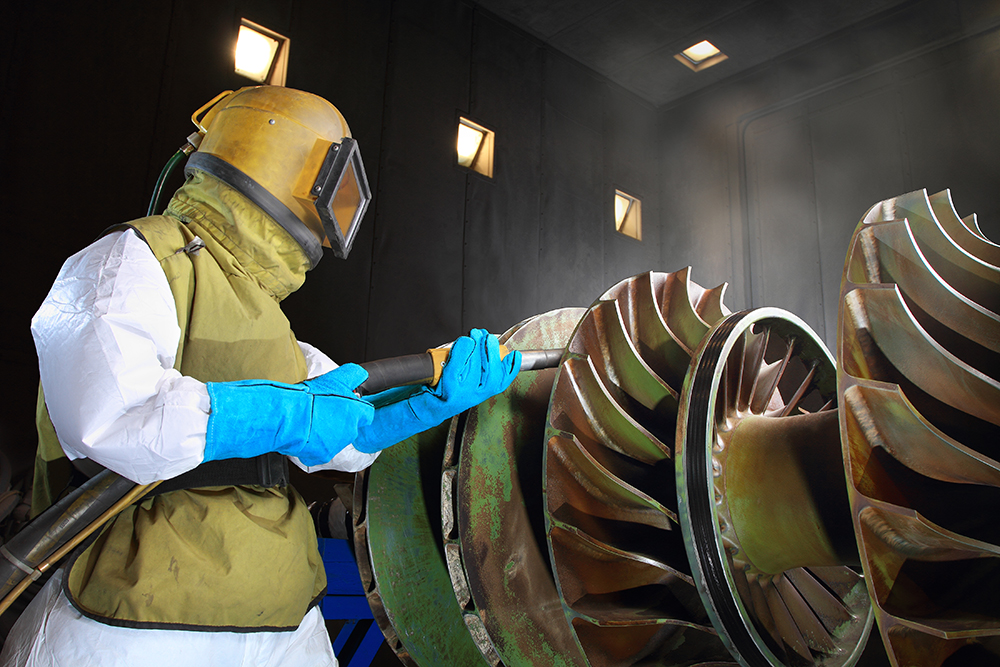

Ensuring Proper Airflow and Efficiency
1. Airflow Regulation:
Proper airflow regulation is key to maximizing the efficiency of the airblasting process. Using a compressor that can handle the airflow demand of the nozzles and abrasive media ensures consistent performance. A common issue in airblasting is the mismatch between compressor capacity and number or nozzle size, leading to pressure drops that reduce efficiency.
Tip: Always consult manufacturer guidelines for nozzle and compressor compatibility, ensuring the air delivery rate is adequate for the chosen nozzle.
2. Moisture Control:
Remind that the air at standard pressure contains humidity. When a large volume of air is compressed, sooner or later, it will reach the condensation point (condition where the air is saturated in moisture), so water moisture will turn to liquid water). Moisture in the compressed air can lead to clogged nozzles, wet abrasive media, and inconsistent blast patterns. This is why a moisture separator is critical for maintaining the integrity of the blasting process. Moisture separators filter out condensation from the compressed air, preventing it from mixing with the abrasive and affecting the quality of the blasting.
Best Practice: Install a moisture separator between the air compressor and blast pot to reduce moisture and ensure smooth blasting operations.
Maintenance of Air Compressors for Optimal Performance
Proper maintenance is vital to ensure the long-term performance of air compressors in airblasting systems. Regular checks and servicing can prevent breakdowns and extend the lifespan of the compressor.
1. Regular Oil Changes:
For reciprocating and rotary screw compressors, regular oil changes are crucial for keeping the internal components lubricated and operating smoothly. Follow the manufacturer’s recommendations for oil change intervals.
2. Filter Maintenance:
Air filters prevent dust and debris from entering the compressor and affecting its performance. Regularly cleaning or replacing filters will ensure that the compressor can generate clean, dry air.
3. Check for Leaks:
Inspect the entire airblasting system, including hoses and connections, for air leaks. Even small leaks can significantly reduce pressure and air volume, impacting the efficiency of the blasting operation.
4. Monitor Wear and Tear:
As with any mechanical equipment, air compressors experience wear and tear over time. Monitor the condition of the compressor’s motor, belts, and valves to ensure they are functioning correctly.
The Key to Airblasting Success
Air compressors are the heart of airblasting systems, and choosing the right one is essential for maintaining efficiency and performance. The compressor must be properly sized to match the nozzles and abrasive media, and regular maintenance is necessary to keep it operating at peak capacity. By selecting the right compressor and ensuring proper airflow, moisture control, and maintenance, airblasting operations can run smoothly, efficiently, and safely.
Expert guidance and regular checks can further enhance performance, ensuring that your airblasting system consistently delivers high-quality results. Partner with professionals to optimize your setup, from compressor selection to overall system maintenance.



